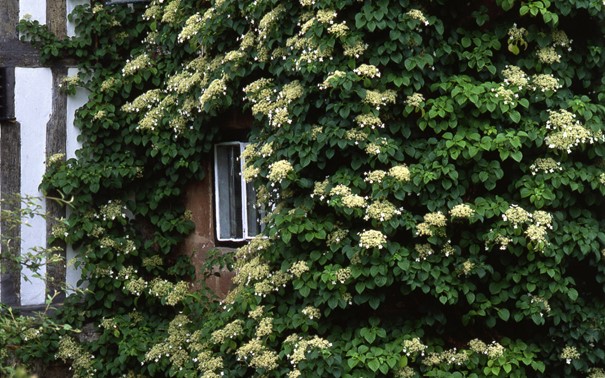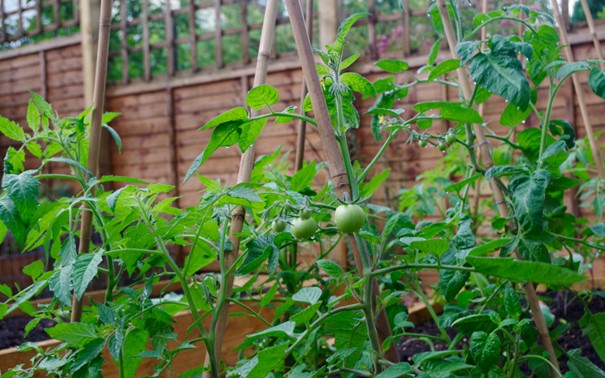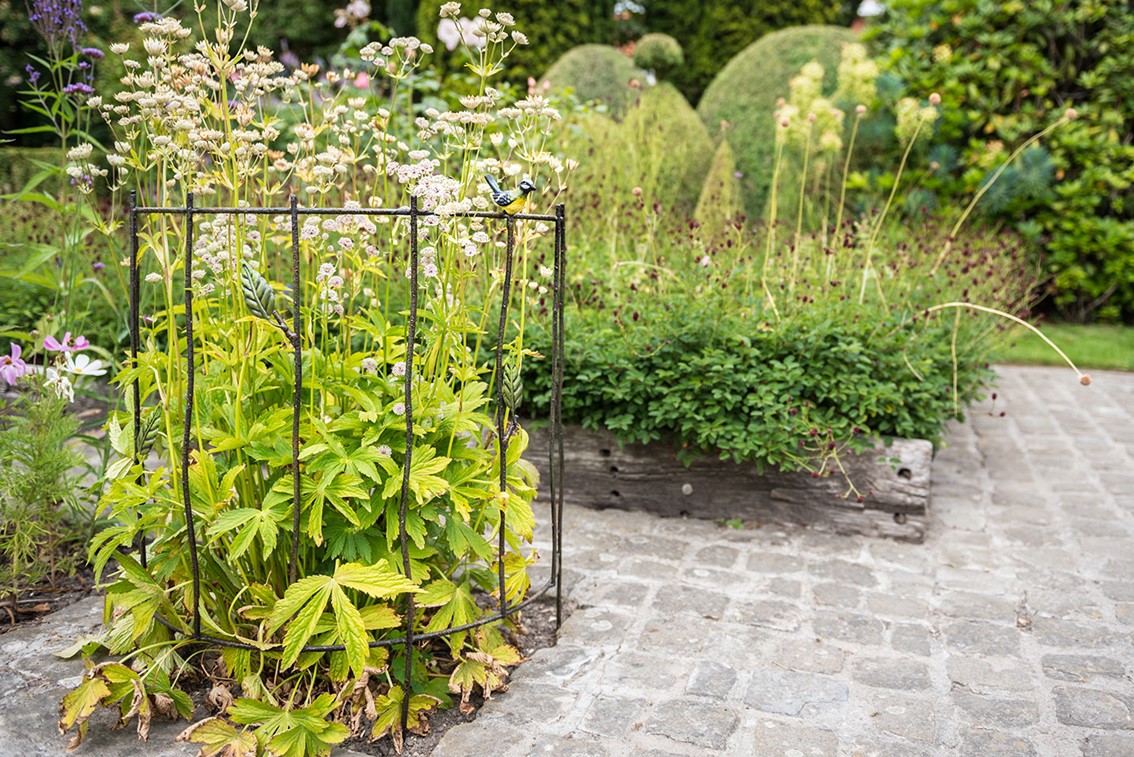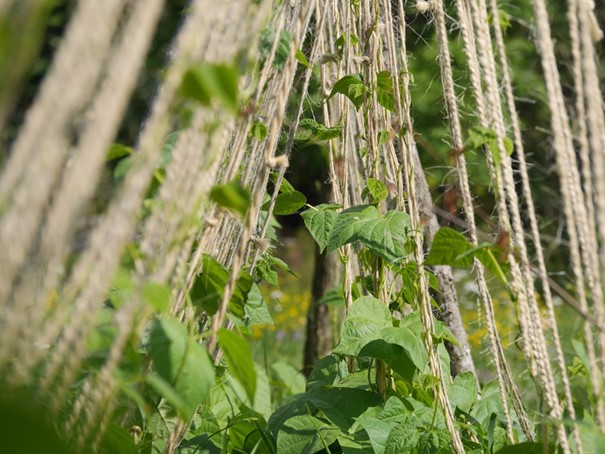Every garden should incorporate a few climbing plants or trellised shrubs. They add height and relief. They can also provide welcome extra privacy. Or create a separation between different parts of the garden.
Do all climbing plants need support?
Not necessarily. It really depends on the type of climber you're growing. Most climbing plants need to be attached to a support, or at least guided towards the support to help them hold on.
Some plants, such as clematis, climbing roses, jasmine and honeysuckle, need the support of a structure to facilitate their growth.
Other plants, such as ivy, Virginia creeper or climbing hydrangeas, can take care of themselves. These are known as self-adhering climbers. They cling naturally to a garden wall or fence and support themselves in this way, without the need for a trellis.
What to look out for when choosing a support for a climbing plant?
Every plant has its own preferences when it comes to support.
- The strength of the support
Choose supports that are strong enough for the plants you wish to guide or support. Choose weather-resistant materials (galvanized steel, painted or treated wood).
- Aesthetics
Consider the decorative aspect of the support. They can serve as interesting focal points in the garden (flower arbors, obelisks marking the start of a path), or can delineate distinct areas (fences, trellis panels, pergolas). You can also paint the structure in a bright color or one that contrasts with the bright flowers. - Matching plant and substrate
Finally, think about the types of plants you want to grow. A climbing rose needs a different kind of support from a sweet pea; beans need a different kind of support from a tomato or cucumber plant.
Which type of support for which climbing plant?
Here are five types of climbing plant supports to help you keep them healthy.
1. Flat lattice
Often used to define a space or give a sense of privacy, flat lattices can be freestanding or anchored to a wall or posts. They're often relatively easy to move around if you want to try out different effects. Be sure to choose a trellis strong enough to support the weight of the growing plant. Several styles of trellis exist: wood, metal or wrought iron. It's up to you to choose what best suits your garden style.
Not all climbing plants grow vertically. Trellises come in many different shapes and sizes.
2. Stakes
In some cases, a simple wooden or metal stake is all that's needed, placed in the soil when the seeds are planted or when the plant is put in the ground. A straight stake or circular support, known as a plant support ring. As the plants grow, use string or strips of fabric, loosely tied, to keep them upright.
3. Arches
Both practical and aesthetic, the garden arch is often a key decorative element. Its style, size and location must be adapted to your garden. Most often made of metal or wood, arches are treated to withstand the elements. Although they may look very bare at first, once plants and flowers have grown up around them, the arch will quickly come to life.
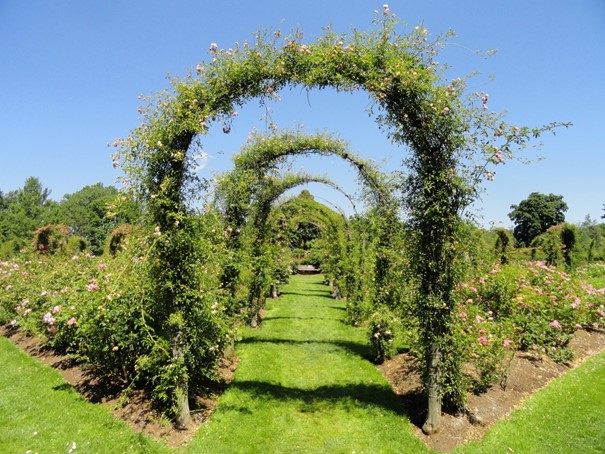
4. Obelisks
Both functional and decorative, these structures add a strong vertical element that can serve as a focal point in the garden. Make sure the structure is tall enough to support the type of plant you want to grow. Circular or square, made of wood or metal. The main purpose of the tripod is to prevent the plant from moving away from the root and bending.
5. Screens
Screens offer a simple solution for enlarging a garden by dividing the space into different zones. Growing climbing plants on one or more screens can also be a great way to create privacy in your garden or to protect a patio from the gaze of neighbors. Opt for evergreen climbing plants to create a decor that will delight you in winter and summer alike.
6. Rope
If you have a lot of plants that need support, like tomatoes, a braid is probably the quickest and easiest way to provide support. Simply use a rope or twine stretched at different levels between two stakes at opposite ends of the row. The plants will then grow between the woven string.
7. Branch tepee
Bamboo canes make inexpensive and interesting tepees for the vegetable garden. Also ideal for supporting sweet peas. Quick to install, they are almost invisible when covered with climbing plants.
How do you secure your climbing plants to their supports?
It's best to set up the support before planting your climbing plant. As your climbing plant grows, tie it to the support in several places with garden twine, spreading out the shoots. Don't tie it too tightly. Simply support and direct the plant as it grows. Varieties such as sweet peas, clematis and rambler roses will naturally grow upwards and through the support, wrapping their shoots around the structure to support their own growth.
